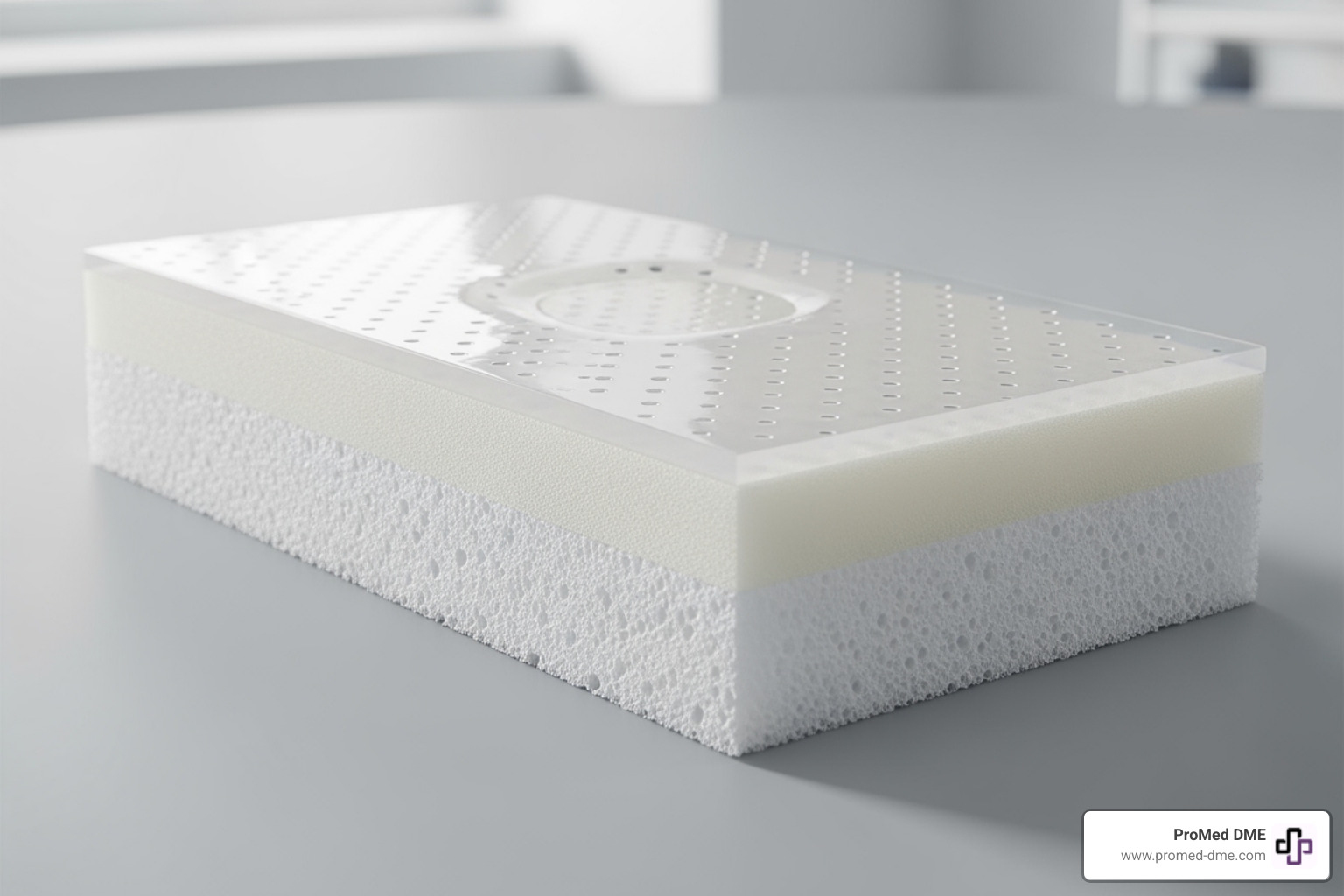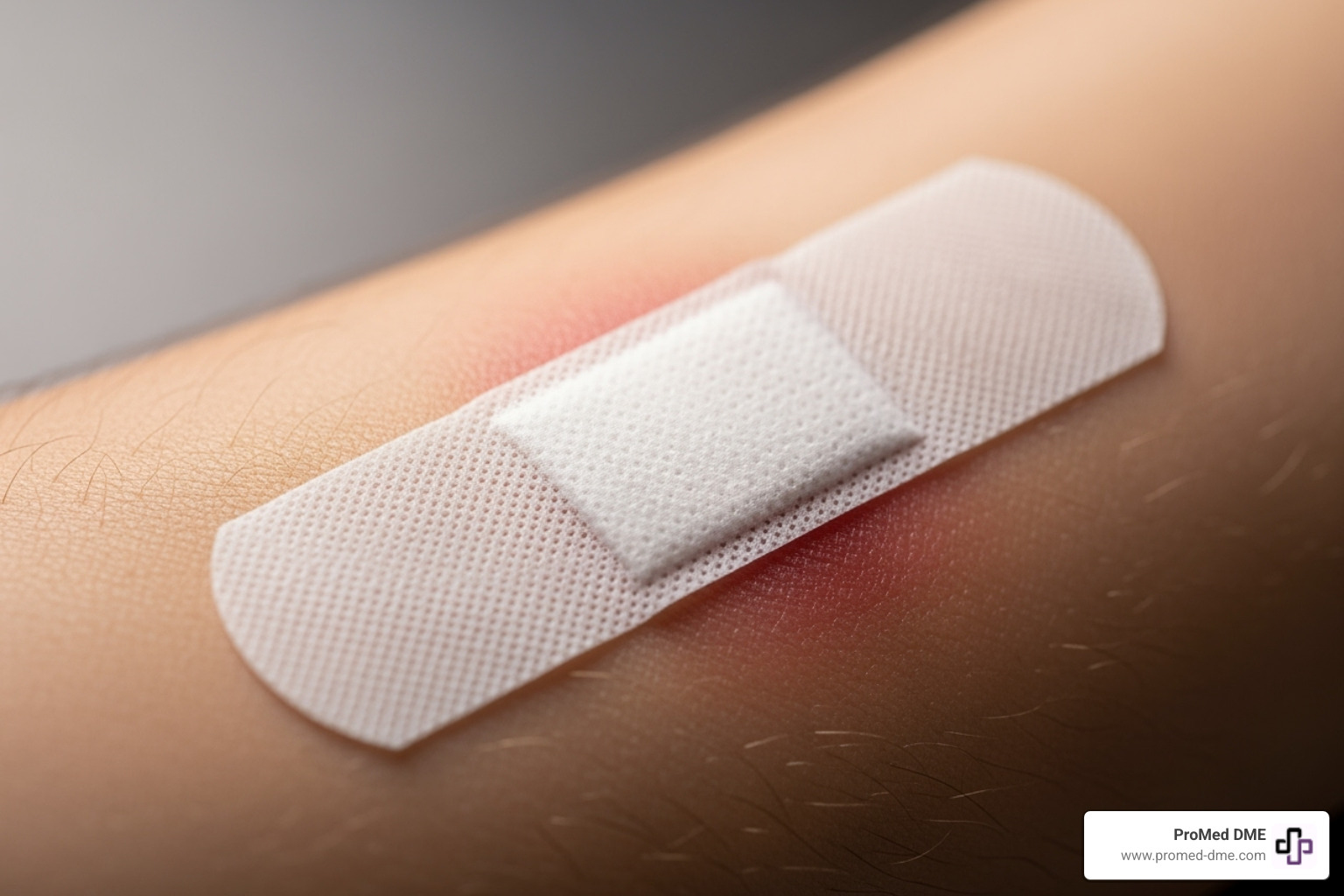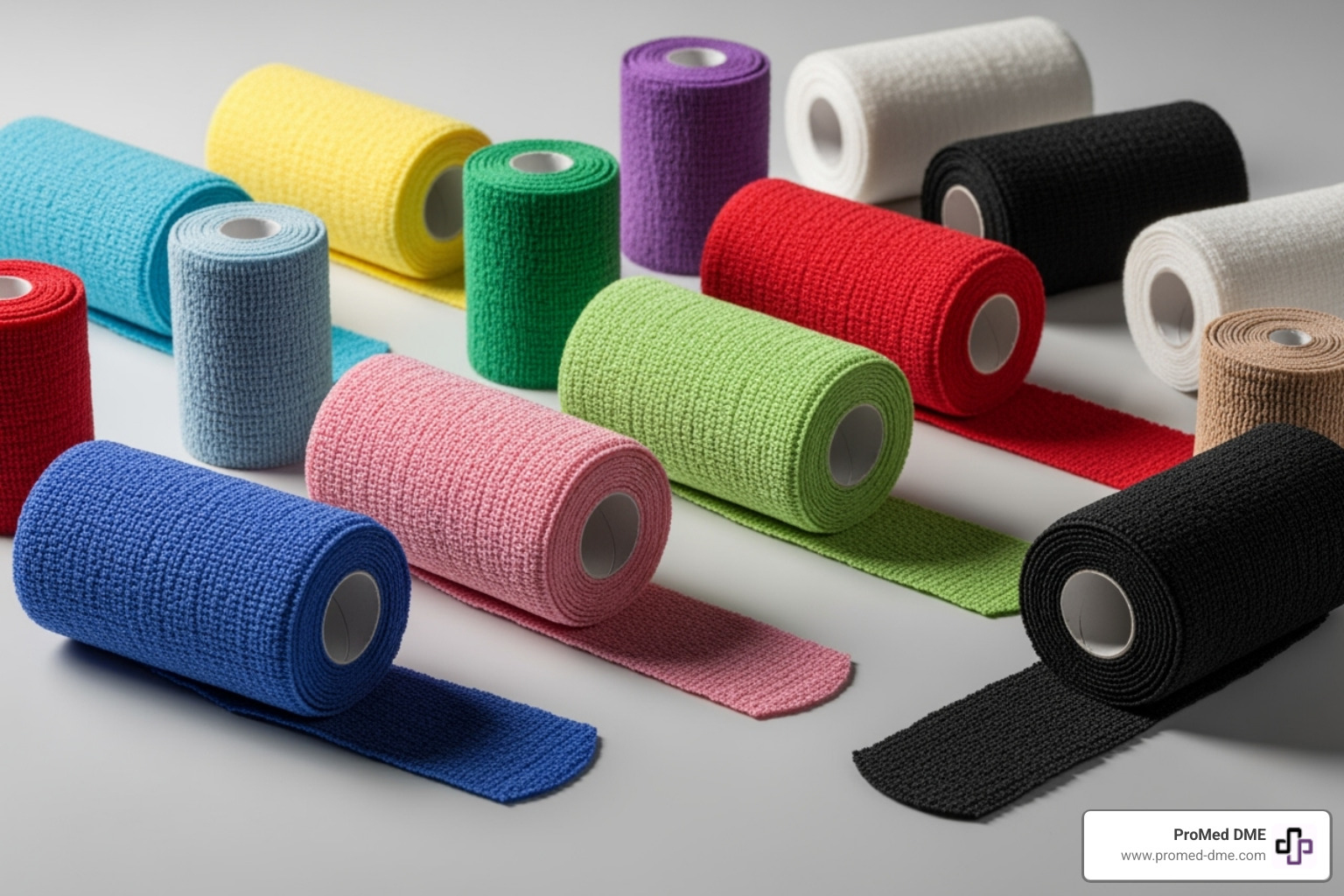From the Nurse's Desk: Top Wound Care Tips

Wound care nurse advice is essential for anyone managing wounds at home or in a clinical setting. Whether you're dealing with a minor cut or a complex surgical wound, understanding the basics can make all the difference in healing. Below are some quick points to guide you:
- Wound Care Basics: Follow the steps of cleaning, dressing, and monitoring to ensure proper healing.
- Healing Process: Familiarize yourself with the four phases of healing: hemostasis, inflammatory, proliferative, and maturation.
- Patient Comfort: Create a clean, calm environment for optimal healing and pain management.
Wound healing is a complex process that demands attention to detail and a focus on patient comfort. Proper wound care not only accelerates the healing process but significantly reduces the risk of infection and complications.
Whether you are a nurse or caregiver, knowing the phases of the healing process can greatly aid in administering effective care. Each phase—from the initial clot formation to tissue strengthening—requires specific care to support optimal recovery. Additionally, patient comfort cannot be overlooked. A relaxed and stress-free environment fosters better healing outcomes, contributing to overall well-being.
For more visual learners and detailed planners, here is an infographic that breaks down the essentials of wound care and the healing process:

Wound care nurse advice terms to remember:- free wound care supplies- wound care for children- wound care for elderly
Essential Wound Care Principles
Proper wound assessment is the cornerstone of effective wound care. Begin by examining the wound's type, depth, and location. Is it a superficial scrape or a deeper laceration? Each type requires specific care. Remember to assess the patient's overall health, as conditions like diabetes can slow healing.

Infection prevention is crucial. Look for signs such as redness, swelling, or warmth around the wound. Fever or increasing pain can also indicate an infection. Early detection is vital to prevent complications. Always maintain a clean environment and use sterile tools to reduce infection risk.
Moist wound healing is a key principle in wound care. Keeping the wound moist helps cells grow and speeds up healing. Use appropriate dressings to maintain the right moisture level. Foam dressings are great for wounds with heavy exudate, while hydrocolloids work well for less severe wounds.
Incorporating these essential principles into your wound care routine will promote faster healing and minimize complications. Stay vigilant in assessing wounds, preventing infections, and maintaining moisture to ensure the best outcomes for your patients.
Top Wound Care Tips from Nurses
When it comes to wound care, nurses have a wealth of experience and practical tips that can make a big difference in patient outcomes. Here are some of the top wound care nurse advice tips, focusing on cleanliness, dressing selection, and pain management.
Wound Cleanliness
Keeping a wound clean is your first line of defense against infection. Start by washing your hands thoroughly with soap and water before touching the wound. Use sterile saline solution to clean the wound, moving from the center outward to avoid bringing bacteria into the wound. Always use a fresh gauze pad if the first one gets dirty.

Check the wound regularly for signs of infection like redness, swelling, or a foul odor. If any of these signs appear, contact a healthcare professional immediately.
Dressing Selection
Choosing the right dressing is crucial for effective healing. The type of wound and its exudate level will guide your choice:
Foam Dressings: Ideal for wounds with moderate to heavy exudate. They absorb excess fluid and maintain a moist environment.
Alginate Dressings: Best for wounds with significant drainage. They transform into a gel, aiding in absorption and promoting autolytic debridement.
Hydrocolloid Dressings: Suitable for less severe wounds, keeping them moist and protected.
Always follow the manufacturer's instructions and consult with a healthcare provider if unsure about the best dressing for a specific wound.
Pain Management
Pain management is an often overlooked but essential part of wound care. Assess the wound pain using the PQRSTU method (Provocation, Quality, Region, Severity, Timing, and Understanding). Premedicate before dressing changes if necessary, to ensure patient comfort.
Encourage patients to communicate any pain they experience, as this can also indicate an underlying issue like infection. Using appropriate pain relief methods can greatly improve patient comfort and promote healing.
By focusing on these top tips from nurses, you can provide effective wound care that promotes healing and improves patient well-being. Next, we'll dive into the Wound Care Nurse Advice section, exploring initial assessments, patient health, and infection signs.
Wound Care Nurse Advice
When it comes to wound care, the initial assessment is crucial. It sets the stage for effective treatment and healing. Here's how to get it right:
Initial Assessment
Start by evaluating the wound type and depth. Is it a superficial scrape or a deep puncture? Each type requires a different approach. For example, a shallow wound might just need cleaning and a simple dressing, while a deep laceration could need more intensive care.
Consider patient health as well. Factors like diabetes or poor circulation can slow healing. Always check for signs of shock or systemic infection. These can complicate wound healing and require urgent attention.
Patient Health
Understanding a patient's overall health is key. Conditions like diabetes can affect how wounds heal. Look for any signs that might indicate health issues affecting recovery, such as poor circulation or malnutrition.
Ask the patient about their medical history. Are there any underlying conditions that could impact healing? Knowing this can help tailor the wound care plan to their specific needs.
Infection Signs
Infection is a major concern in wound care. Early detection is vital. Be on the lookout for signs like redness, swelling, or warmth around the wound. A fever or increased pain can also indicate infection.
If you spot any of these signs, act fast. Contact a healthcare professional to assess the situation and possibly adjust the treatment plan. Early intervention can prevent complications and promote faster healing.
By focusing on these key areas, you can provide effective wound care nurse advice that improves patient outcomes. Next, we'll tackle some frequently asked questions about wound care.
Frequently Asked Questions about Wound Care
What are the 5 rules of wound care nursing?
Cleanliness: Always start with clean hands and tools. Wash your hands thoroughly with soap and water before touching the wound. This simple step prevents germs from entering the wound and causing infection. Use a saline solution to gently clean the wound from the center outward.
Suitable Dressings: Choose the right dressing based on the wound's needs. For wounds with heavy exudate, foam dressings work well because they absorb excess fluid while maintaining a moist environment. On the other hand, alginate dressings are perfect for wounds with significant drainage as they transform into a gel on contact with wound fluid.
Antibiotics: Use antibiotics judiciously. Not every wound needs them. They are essential when signs of infection appear, like increased redness, warmth, or pus. Always follow the "5 Rights of Medication Administration": right patient, right medication, right dose, right route, and right documentation.
Moist Wound Healing: Keep the wound bed moist to promote healing. A moist environment helps new skin cells grow faster and reduces scab formation, which can slow healing. Avoid letting wounds dry out.
Regular Assessment: Check the wound regularly for signs of improvement or complications. Look for redness, swelling, or unusual discharge. If the wound isn't healing as expected, consult a healthcare professional.
What are the nursing considerations for wound care?
Wound Assessment: Evaluate the wound's type, depth, and condition. This helps in deciding the appropriate care and dressing.
Dressing Choice: Select a dressing that suits the wound's needs. Consider factors like exudate level and wound location.
Antibiotic Prescription: Only prescribe antibiotics when necessary. Overuse can lead to resistance and other complications.
What can you teach a patient about wound care?
Clean, Moist Environment: Educate patients on the importance of keeping the wound clean and moist. This promotes faster healing and reduces the risk of infection.
Avoid Scabs: Explain that scabs can delay healing. Keeping the wound moist with the right dressings helps skin cells move across the wound more easily, speeding up recovery.
Signs of Infection: Teach patients to recognize infection signs such as redness, swelling, or increased pain. Encourage them to seek medical advice if they notice these symptoms.
By understanding these principles, patients can actively participate in their own wound care, ensuring better outcomes and faster healing.
Conclusion
At ProMed DME, we believe in more than just providing medical supplies. We are your partners in achieving optimal health through holistic healing and exceptional customer service.
Holistic Healing Approach
Healing is not just about treating a wound; it's about caring for the whole person. Our commitment to holistic healing means we consider all aspects of your well-being. From nutrition and sleep to physical activity, every factor plays a role in how effectively your body heals. We provide resources and guidance to support you in these areas, ensuring a comprehensive approach to recovery.
Exceptional Customer Service
Customer service is at the heart of what we do. We understand that managing wounds at home can be challenging, so we strive to make the process as smooth as possible. Our dedicated team is always ready to assist you, whether it's helping you select the right wound care products or answering questions about their use. We offer free shipping and work with most insurance plans to minimize your out-of-pocket expenses, making quality care accessible and affordable.
For more information on how we can support your wound care needs, visit our wound care supplies page.
By choosing ProMed DME, you are choosing a partner dedicated to your health and well-being. Let us help you on your path to recovery with the best products and support available.
Related Resources & Articles
Stay informed with our informative blog posts.
Discover the ProMed Advantage
& Try Our Products
We offer free shipping and legendary customer service to ensure you receive the
best DME products for your needs.



